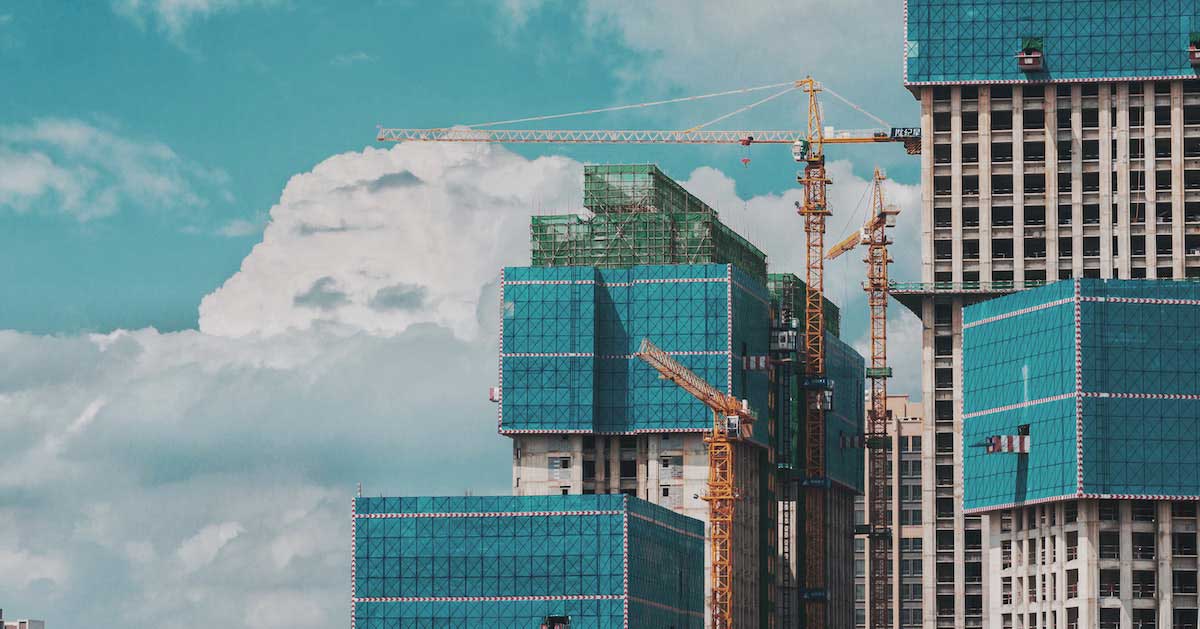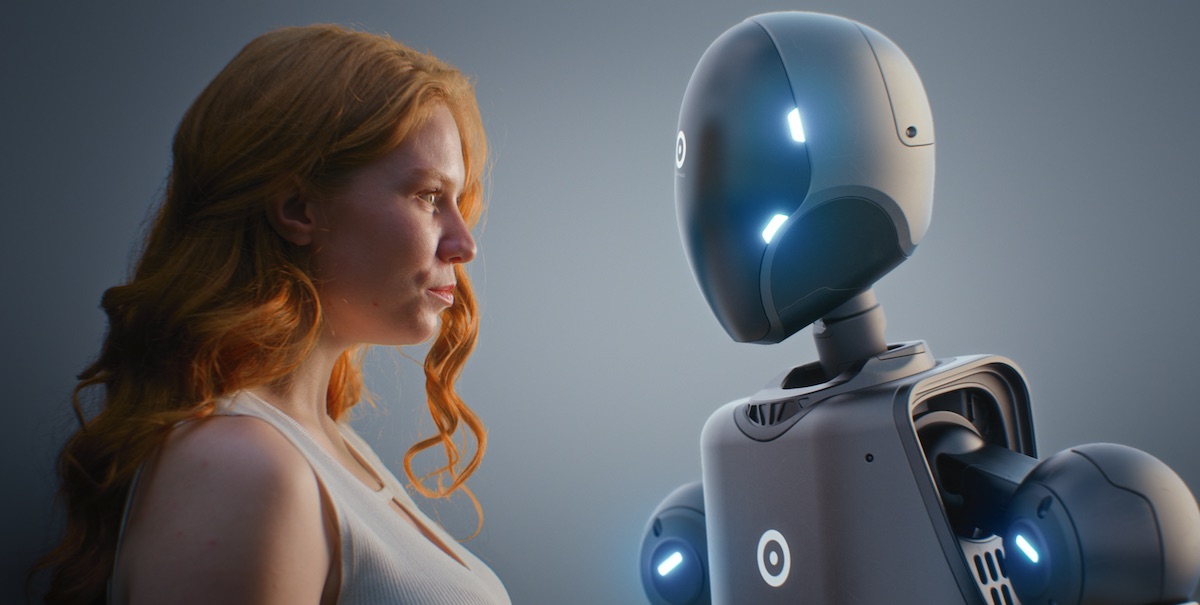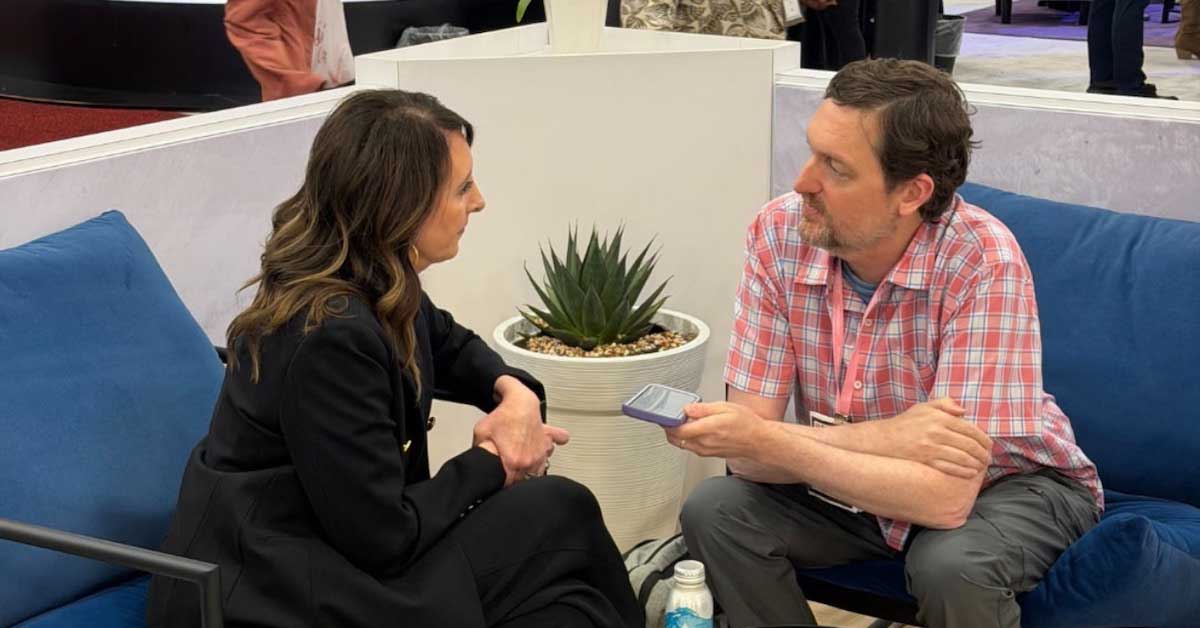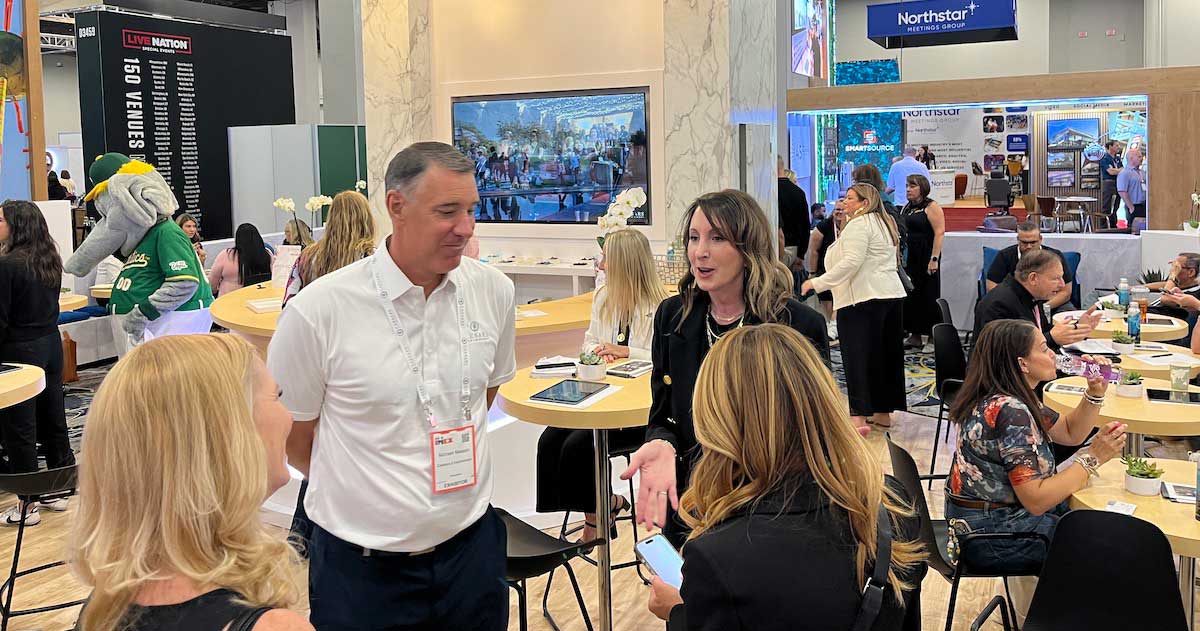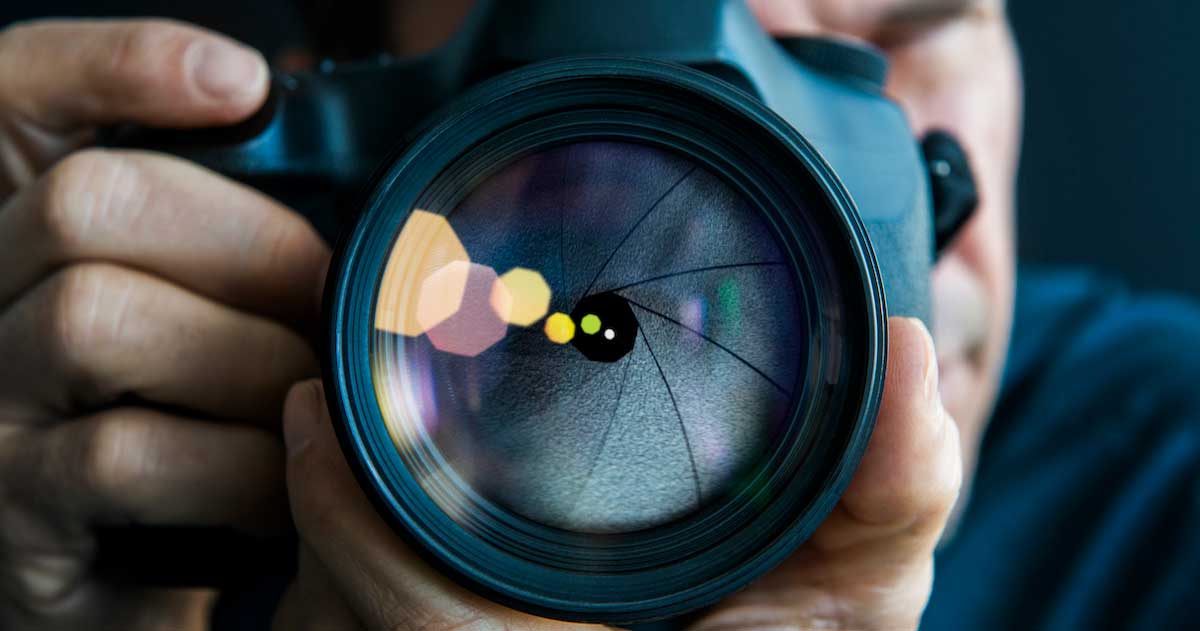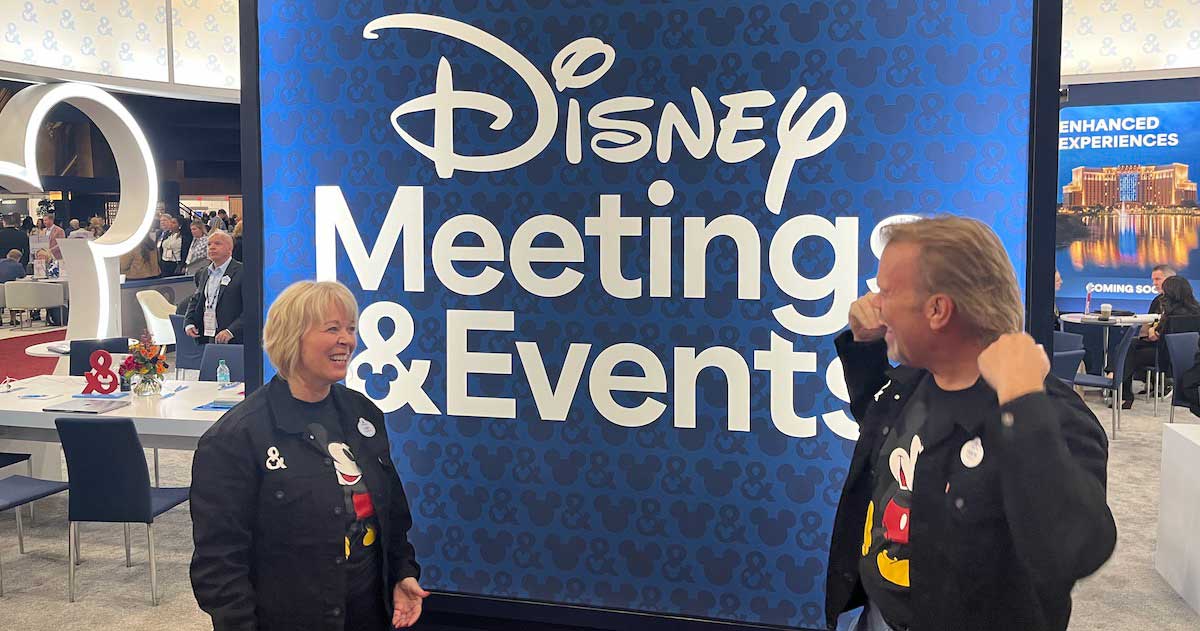We are reaching out to meeting industry professionals to engage in meaningful dialogue on the topic of diversity and inclusion. Today, we hear from Jon Trask, CMP, CMM, president elect for the MPI Orange County Chapter and owner of Strategic Meeting Tech in Orange County, Calif.
Learn more about MPI’s diversity and inclusion efforts, and contact me if you would like to contribute to the discussion.
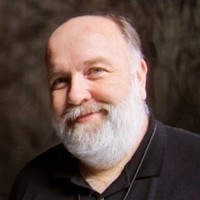
What are the challenges that organizations (including associations like MPI) face when determining a course of action related to diversity and inclusion, specifically for the Black community?
I think the challenges will vary quite a bit based on demographic and other external factors. An association in Nebraska will face a very different landscape than one in Chicago or Detroit. I think it’s easiest to look at some of the factors I’ve already been looking at here in Orange County. Keep in mind, I just turned 60 and have lived here pretty much all my life, so I’ve witnessed a significant amount of change and diversity come into the area. But, even with those changes, the Black community has remained fairly small. Currently our African American population in the county is about 1.6 percent. Whites are around 42 percent, Latino around 34 percent, Asian 19 percent. Elsewhere in California, the Black population is closer to 8 percent. Besides racial makeup, I believe that we also need to keep in mind people in the disabled community, and various age groups from young to old.
So, the first challenge is finding and connecting with the Black community here and learning how their needs are currently met and what is lacking. I believe Latino and Asian populations are already somewhat represented in our chapter. So, with the specifics of our area in mind, I’ve been thinking of things we might do to connect with and involve underserved groups. We need to strengthen our college outreach. We have a very diverse student population that attend multiple colleges and universities within our county. I believe that if we have a stronger outreach, we can begin to grow people into our industry. It’s not an immediate fix, but longer-term, to be truly diverse we need to expand from the ground up by helping people through the door onto the first few rungs of the meetings and events industry.
We need to identify any planners or suppliers who are in underrepresented groups and work to bring them into the chapter, to help them network and connect to a wider audience. We need to try and involve minority-owned businesses in the RFPs we send out. Help these businesses raise their profile and let the greater events community know they are out there. We may need to reach beyond our own county into nearby areas like Los Angeles, Riverside and San Bernardino, all of which have a larger Black and minority population than we have.
What are the challenges in identifying measurable goals?
This is something I’ve even asked in places like our chapter leader Zoom hangout. Just like the challenges above, the measurable goals may look very different for each organization or chapter. I would say that a few measurable items might exist simply in the realm of tracking racial demographics for presenters, minority-owned companies and other definable places that we involve people outside the chapter to educate or support us. I think in some areas we are already doing well. Our current board is made up of 15 members: three men and 12 women, which I think reflects the makeup of our industry pretty well. However, counting me as the incoming president, I realize that three of the past five presidents will have been men, so I realize that I should focus my search for the next incoming president on the women in our leadership team. So, I guess you could say another challenge is simply being vigilant and trying to constantly examine and manage being diverse at every opportunity.
Share with us how your chapter responded in the aftermath of George Floyd.
On a personal level it hit me harder than other acts of violence I’ve seen. So, I watched the unfolding protests from a new perspective. I attended my first-ever protest the following weekend here in my local community. I was one of the oldest and whitest faces who was there behind our masks. It was organized by Vietnamese and Palestinian student groups. It was about 400-600 people that reflected the diverse community I live in. My goal was mostly to show that they had support from people like me, someone who might not come first to mind when thinking about making systemic changes. After that, I saw a letter posted by the president of the Potomac Chapter on their Facebook feed.
“I want to be able to look back and feel that I wasn’t a bystander in life, that when I saw something wrong, I stood up and tried to fix it.”
It immediately resonated with me and I sent it to our then-president Pawntra (Shadab) and incoming president Bruno (Duarte) and suggested our chapter should consider doing a statement as well. I learned that Pawntra had already been thinking along those lines and Bruno quickly agreed. They felt I should be included, and we also added Brian (Gilman), our immediate past president. We put together a shared document and had it out on the morning of the second day. But, we’ve not stopped with a statement. I learned that Pawntra was working on the Diversity & Inclusion Committee with MPI Global. We have had a few discussions about how to keep these ideas moving forward within the chapter. I also connect with Zoe (Moore, MPI D&I Committee co-chair) via a mutual friend and posted on the MPI D&I community to begin some involvement there as well.
This discussion is not new. But why is now different vs. say five years ago, or 10 years ago, when it comes to seeing equality for the Black community?
We are in one of the most charged political environments I’ve seen in my lifetime. We also have a huge number of people not working, but sitting at home and consuming news. The tragedy of George Floyd was hard to watch and seen by many who would have not paid as close attention to it if they were focused on their work like before the pandemic. Add to that the shootings of Amaud Arbery and Breonna Taylor, interspersed with scenes of protesters being shot at and gassed by police … I think a band-aid was pulled off some longstanding and deep wounds. It’s hard to pretend there isn’t a problem when you watch someone dying in front of you for a minor accusation followed by so many other actions past and present coming to light and being discussed. At the core, we have cameras in our pockets that we didn’t have 10 years ago, so there is an immediacy to the acts we see recorded that can’t be written off in the same ways. The more its being discussed, the more that keeps coming out. I think all these factors have converged in a way not possible before.
Do you feel inspired and confident that real change will come?
I feel inspired and I want to be confident. But being 60 years old adds an element of cynicism I can’t just dismiss. I watch a whole range of reactions around me. I have friends and family who tusk, tusk … but quickly slide back into defensiveness. The people who were already working on the problems are still motivated, but the middle range of folks need to stay engaged and paying attention. That’s the challenge. The biggest positive I see is that like the protest I attended, it’s being driven by young people. That gives me hope. My generation can help, but the young need to be the changes they want to see. As with the Vietnam War, eventually politicians will be unable to dismiss the concerns as fringe and begin to address them, or be replaced by people who will.
How important is diversity to you and what value does it bring?
Let’s start with the value. A truly diverse world will respect the value of bringing different viewpoints and perspectives into any situation or organization. The first example that comes to my mind is that during my time as VP of finance, both my directors were younger than I am. The special events director created a couple of chapter events that would have never occurred to me to even try as a meeting theme. Having the perspective and ideas of someone half my age made the chapter much more successful than if I had tried to only work with things I knew.
On the topic of diversity, it’s how I was raised, even though I might see it through a different lens than my parents did. My dad was a blue-collar worker, my mom a housewife from Texas. They embraced diversity in the way of their generation. My dad worked with fellows of all shades and backgrounds. They were his union brothers—he might refer to them in rougher terms, but I’m pretty sure he saw them as equals who all worked hard together, then went out together for a beer. If you worked hard, my dad loved you, no matter what color your skin was … we would have dinner at their houses occasionally, and them at ours. So, I was raised to see everyone as equal in my sort of white bubble and I feel that I did.
MPI Resources for Equality and Justice: Furthering the Advancement of All Peoples
But my first real education in racism was in 1987. I was 27, and I moved for a short time to Atlanta and was working in retail. One day talking to a fellow clerk, he mentioned that he was going home to DC because of the racism in Atlanta. I was puzzled and asked him to explain. He said I was the only white employee except managers who talked with the Black staff members. The managers would direct them, but I hung out on breaks with them, went to lunch with them and interacted with them other than strictly on work matters. He said the store always scheduled at least one Black and one white, because some customers would not allow a Black clerk to help them. I was pretty stunned. I’d never noticed that right in front of me. I began to observe and all he said was true. I’ve never forgotten that lesson.
The other reason this is all important to me is I have a niece who is Black. She is a talented performer and making her way on stage as a singer and actress. I’ve watched her struggles with race, where there were two Black students in her school, and she was a theater nerd—a talented one, but still she took her share of abuse based on her race (much I only learned about in the past few years). My grandson is 18 months old. His father (my stepson) is of Norwegian heritage and his mother is from Mexico. So far, he is being raised to be bilingual; he’s been to Mexico to see his great-grandparents and be baptized in their church … but he’s also been to Minnesota to meet that great-grandmother. So, I want him to grow up in a world where his character matters more than his skin tone and where he can celebrate both cultures that he comes from.
What are the traits that define an inclusive culture for an organization?
Respect. Actively working on inclusion and diversity. Taking steps to correct issues as they come to light and not accepting the status quo. Recognition that a variety of perspectives and life experiences improve an organization by widening its reach and effectiveness. How much better could the store in Atlanta have been if all clerks were given equal footing … what great ideas did they miss out on by working within the constraints of a racist system instead of challenging it? An organization needs to be active in its efforts to be diverse and inclusive; you can’t just hang a poster on the wall and say they’re committed. They need to be monitoring, tracking and making sure they’re not just paying lip service or doing a bare minimum without really digging in and doing the hard work to bring everyone to the table.
Editor’s note: Jon shared these additional comments.
This is so important for a couple reasons. We are at a singular moment in time right now. A collision of disasters has aligned to give us economic, health and racial pain all at the same time. I feel we can either go backwards or forwards, there is no more “normal” to fall back upon. I’ve learned that from the darkest of times you can sometimes have the best outcomes. So, I have to figure out my part in leaving a better world for my grandson then the one that I inherited. It may be a tiny role in the grand scheme, but if I make our chapter better. If someone looks at me and says, “Hey even that old white guy believes we need to change things and he’s out here protesting with a bunch of college kids.” We build the big changes by starting with the small ones, the ones we can each do. I’ve already started thinking about my message as incoming chapter president in a year. So far, I’m focused on legacy—what is our legacy? What do we stand for, what do we do to improve things in our industry and our lives? I want to be able to look back and feel that I wasn’t a bystander in life, that when I saw something wrong, I stood up and tried to fix it.
